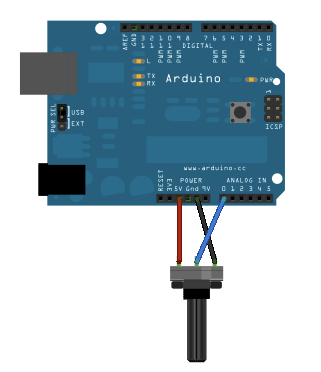All great meals start with the toilette
This is the first place of collecting data on your health in
the modern home. There are companies
working on building toilettes that can analyze your health and let you know
when it’s time to see the doctor. For
our scenario we will assume that the loyal commode will keep track of essential
vitamins and nutrients for you. We will
also assume many other devices in the home like your bed and fitness trackers
will give us a clearer picture on your overall health. Your TV could even end up ratting you out for
binge watching that favorite show. Shame
on you, you should have been exercising.
The fast way of food consumption
You pull up to a line of cars at your favorite fast food
restaurant. With your handy app you
begin to build your order on your phone.
You pull up to what used to be the order speaker and simply scan your
phone to submit y our order along with your nutrients requirements your app got from your home. The restaurant builds your burger fully
injected with a cocktail specifically mixed for you. This cocktail contains flavorless vitamins
and nutrients that were prescribed by your toilette. It feels like you are eating the standard
fast food but it is chemically superior.
The “I have time to make stuff method”
You are at the store and you have a recipe that was
recommended by your wearable devices.
You might have requested fried butter but it found something similar
with the nutrients you need. Your smart
home has the desire of keeping you healthy.
The first step is seeing what ingredients you already have. Your wearable device will link back to your
home and ask the fridge and cabinets what items you already have off the
list. Both of these home devices can use
RFID technology to scan its contents and report back the status. For example, you might have milk but it has
been in there for about a month. Armed
with this information you can purchase only what you need and return home to
begin cooking.
Bon Apétite
